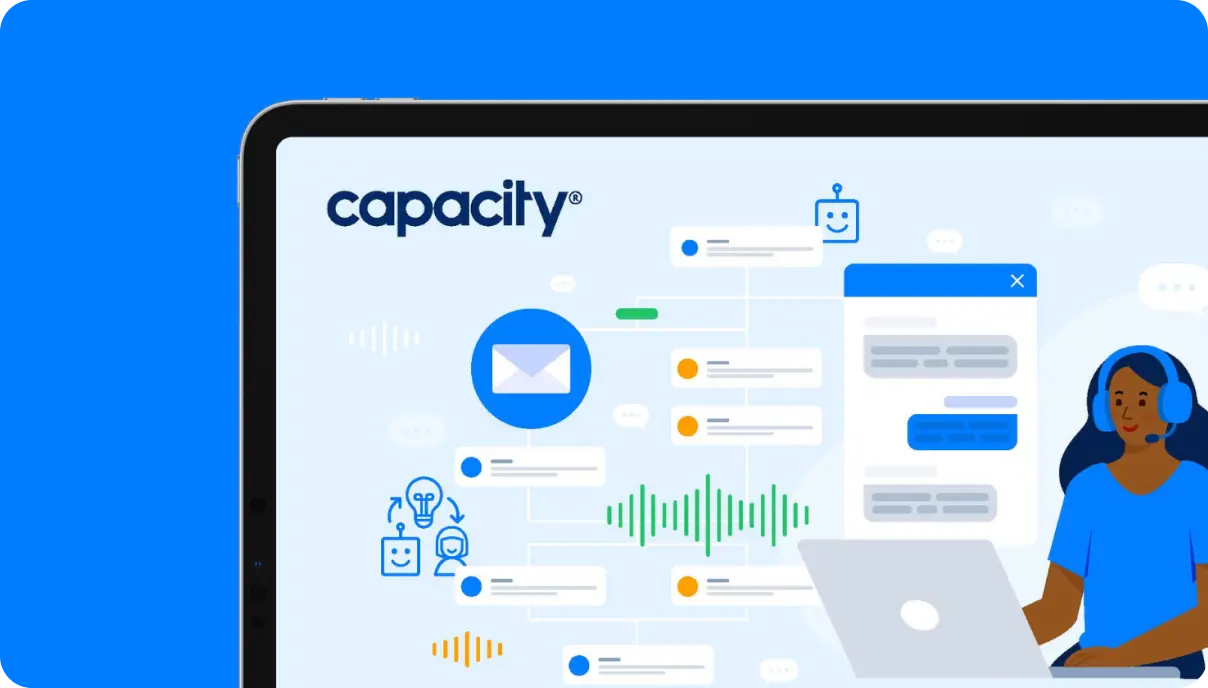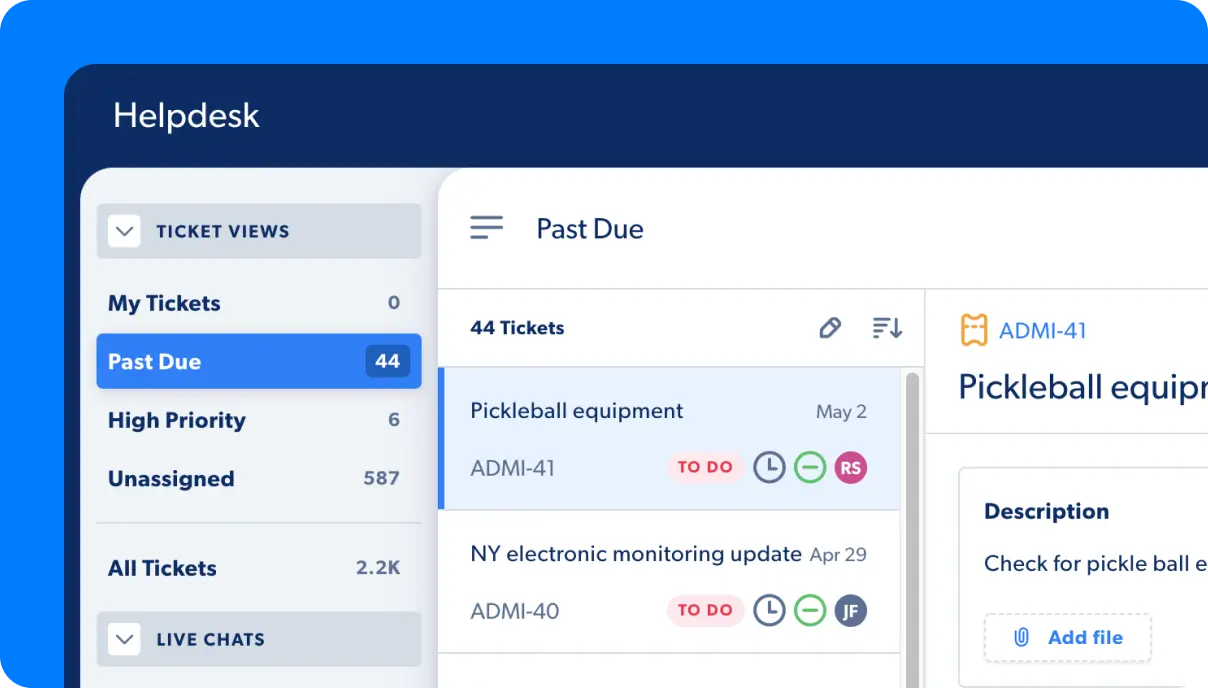In the constantly changing world of customer support, incorporating Natural Language Processor (NLP) technology can accelerate your customer and team experiences. NLP allows businesses to understand, interpret, and generate human language effectively, leading to enhanced CX and operational efficiency in a variety of use cases. For leaders looking to scale, more good news: a focus on improving CX can boost revenue by up to 80%.
But with various natural language processor options available, what key features should you look for in an NLP solution? This guide provides a comprehensive overview of the top five features to consider when choosing a natural language processor solution for your business.
1. High Accuracy and Contextual Understanding
Unmatched Precision
The cornerstone of any effective NLP solution is its ability to understand and process language with high accuracy. This feature ensures that the system can interpret customer queries correctly and provide appropriate responses. Look for an NLP processor that boasts advanced algorithms and machine learning models to enhance its understanding of language nuances and context.
Contextual Analysis
Understanding the context of a conversation is critical for providing relevant responses. A natural language processor with robust contextual analysis capabilities can discern the intent behind customer queries by evaluating prior interactions and the current dialogue. This feature is essential for delivering timely and accurate support, as it allows the system to address the specific needs of individual customers efficiently.
Natural Language Understanding (NLU)
NLU is a subset of NLP that focuses on comprehending the meaning and intent behind the text. A natural language processor equipped with strong NLU capabilities can better analyze customer sentiment, handle ambiguous queries, and offer personalized support, significantly enhancing customer satisfaction.
2. Multichannel Integration
Seamless Channel Support
Customers expect an omnichannel experience today, in which interactions take place across various platforms, including phone calls, emails, live chats, and social media. An effective natural language processor should integrate seamlessly with all these channels, ensuring a uniform and coherent customer experience no matter where the interaction occurs.
Omnichannel Synchronization
Synchronization across different channels allows the NLP system to maintain context regardless of the platform. For example, if a customer starts a conversation on live chat and continues on a phone call, the processor should retain the context of the previous interaction, preventing the need for the customer to repeat information and thus enhancing their overall experience.
Flexibility and Scalability
As your business grows, so will your customer interactions. A natural language processor that scales effortlessly with increased customer demand is crucial. Look for solutions that can adapt to varying workloads without compromising performance, ensuring that your customer support remains efficient and consistent.
3. Automated Response Generation
Efficiency in Handling Queries
Automated response generation is an essential feature that drastically reduces response times. A natural language processor equipped with this capability can handle routine queries through pre-configured responses or dynamically generate replies based on real-time analysis of customer input. This automation not only accelerates the resolution process but also frees up human agents to tackle more complex issues.
Consistent Quality
Since automated responses are generated based on a standardized template or model, they ensure consistent quality across all customer interactions. This consistency helps maintain a uniform brand voice and enhances trust and reliability in the eyes of the customer.
Real-Time Processing
Real-time processing is another crucial aspect of automated responses. The NLP system should be capable of analyzing and responding to customer queries instantaneously, providing immediate solutions and reducing wait times. This feature is particularly beneficial during high-demand periods, ensuring that all customers receive prompt assistance.
4. Sentiment Analysis and Emotional Intelligence
Understanding Customer Emotions
Sentiment analysis is a powerful NLP technique that evaluates the emotional tone behind customer messages. By identifying whether a customer is happy, frustrated, or neutral, the NLP processor can tailor responses that match the emotional context of the interaction, leading to more empathetic and effective customer service.
Proactive Customer Support
With real-time sentiment analysis, customer support agents receive instant feedback on the emotional state of the customers they are engaging with. This insight allows agents to adjust their approach dynamically, offering reassurance to disgruntled customers or reinforcing positive interactions. Proactive support helps in resolving issues before they escalate, enhancing overall customer satisfaction.
Enhancing Training and Development
Sentiment analysis also plays a critical role in training and developing customer support teams. By analyzing past interactions, businesses can identify areas where agents may need improvement in handling customer emotions. Training modules can then be designed to bolster these skills, ensuring a more emotionally intelligent customer support team.
5. Comprehensive Analytics and Reporting
Real-Time Monitoring
An advanced NLP processor should offer real-time monitoring capabilities, allowing businesses to track key performance metrics such as response times, resolution rates, and customer sentiment. This visibility helps in identifying bottlenecks and improving processes on the fly.
Data-Driven Decision Making
With comprehensive analytics, businesses can make informed decisions to enhance their customer support strategy. Analyzing trends and patterns in customer interactions provides valuable insights into common issues, customer preferences, and overall service effectiveness. These insights guide continuous improvement initiatives, ensuring that customer support evolves to meet changing demands.
Customizable Reports
The ability to generate customizable reports is another critical feature. It allows businesses to focus on specific metrics that align with their strategic goals. Whether it’s tracking the performance of individual agents or evaluating the efficiency of automated responses, customizable reports provide the data necessary for targeted improvements and informed decision-making.
Conclusion
Choosing the right natural language processor can significantly enhance your customer support operations by improving efficiency, accuracy, and overall customer satisfaction. When evaluating NLP solutions, consider features such as high accuracy and contextual understanding, multichannel integration, automated response generation, sentiment analysis, and comprehensive analytics.
By focusing on these key features, businesses can ensure that their NLP technology not only meets their current needs but also positions them for future growth and success. Embracing NLP in your customer support strategy will lead to more intelligent, efficient, and personalized interactions, paving the way for an exceptional customer experience.












































